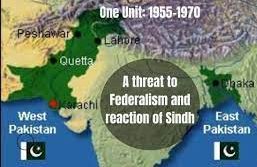
Huseyn Shaheed Suhrawardy didn’t support Anti-One-Unit Movement, as he always thought that the military and bureaucracy have an important role in the affairs of the country. Considering the majority of Punjabis, he was of view that that one couldn’t get power without their support.
Dr. Zaffar Junejo
(Author’s Note: One Unit was dissolved on 1st July, 1970. Sindhi nation along with Bengalis, Balochis, and Pathans fought against it through platforms of cultural associations, literary organizations and political parties. By and large One Unit was opposed across Pakistan however the Anti-One Unit Movement’s epicenter was Sindh. Sindh opposed One Unit because it was considered a tool to alter its demography, grab resources and strategically control wealth of the province. Sindhi nationalists, supported by other political parties forged an association to realize one point agenda – dismantle One Unit. They carried the struggle in all odd and even situations, and bore the cost – jails, punishments, insults, life threats and issuing of ‘certificates’ of disloyalty and treachery but they continued their struggles, and got it undone – Sindh was restored with its full name, and titles.
In 2020, an idea was floated by some Sindh-lovers that Sindh has to celebrate Anti-One Unit Abolition Day as the Golden Jubilee event, just to cherish, and recall the successful struggle of Sindhi peoples. In this regard, the author intends to translate some of the basic and most relevant documents from Sindhi language into English, in sprit of celebration and remembrance. The first in the series is Saeen GM Syed’s article: One Unit Jo Qiyam: Mukhalfan Ja Khadsha and Muwafqan Ja Faidi Mean Dalil (Formation of One Unit: Opponents’ Apprehensions and Supporters’ Arguments in its favor).
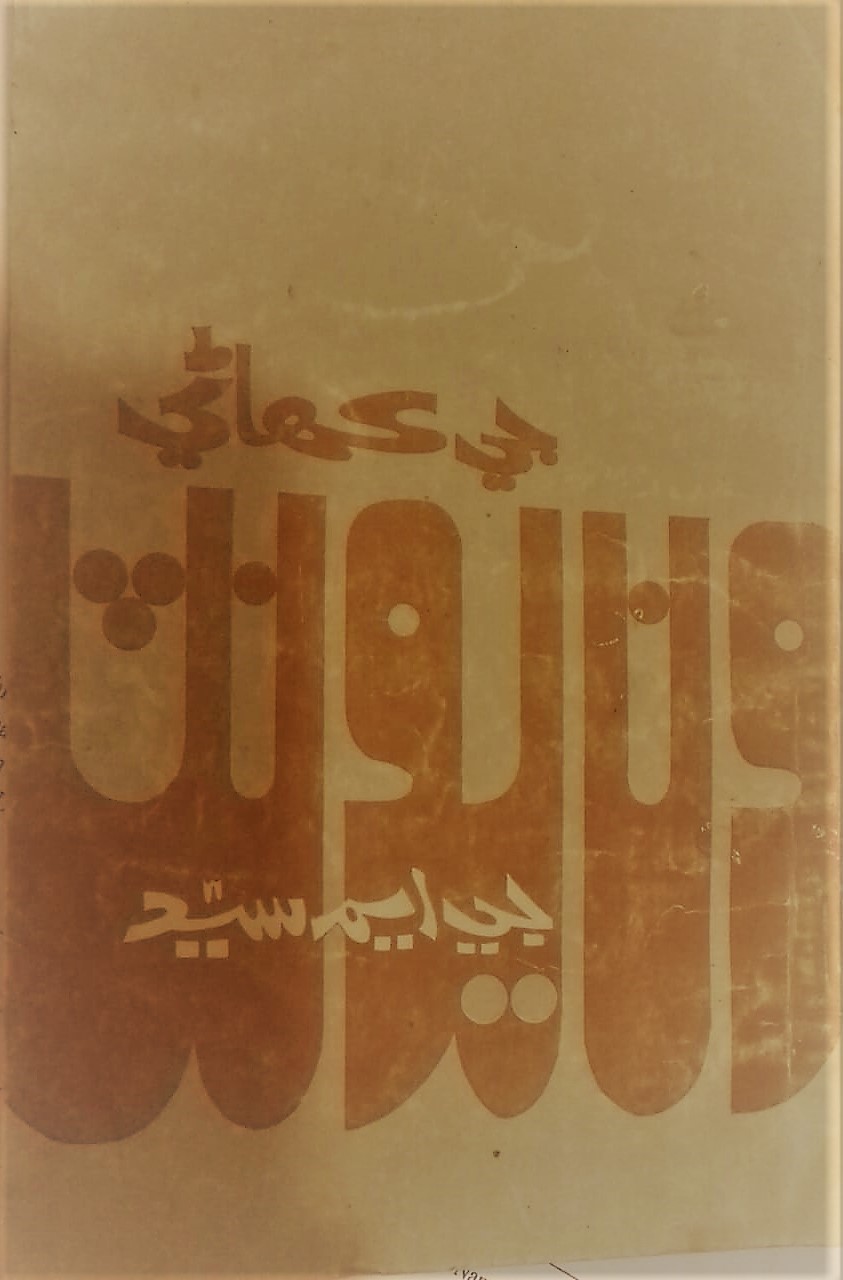
The article is taken from the booklet: One Unit Ji Kahani (The Story of One Unit). The book was authored by GM Syed and published by Yar Muhammad Ibin Hayat Panhwar, Secretary Sindh Mutaheda Mahaz, Markazi Office, Al-Khalil Building, Qazi Qayoum Road, Hyderabad. Its printer was Begum Zeenat Channa, ‘Zeenat Printers’ Khokhar Mahlo Hyderabad. Its first edition with 2000 copied came in November, 1969 – Dr. Zaffar Junejo.)
One Unit Ji Kahani (The Story of One Unit) – VII
GM Syed
Awami League
Late Huseyn Shaheed Suhrawardy had launched this party. He always took care of the interests of Bengal. Therefore, he built his party on those lines, and made it popular in Bengal. However, he always thought that the military and bureaucracy have an important role in the affairs of the country. Considering the majority of Punjabis, he was of view that that one couldn’t get power without their support. On the other hand, disputes, disagreement; disloyalty as well as treacherous-character of the small provinces’ leadership firmed his earlier opinion. We, who were opponents of One Unit, tried a lot that he should openly speak against One Unit, but we failed to get his support, and he never did it. He believed that after elections, with cooperation of one or other group from Punjab he would be able to get the power. However, the Martial Law of 1958 shattered his dream, he was shocked, and his political views changed. On 22nd September, 1962 I invited him at my Karachi bungalow, and there he was requested by majority of Sindh’s politicians to support us in getting the One Unit abolished. He agreed, but soon he died.
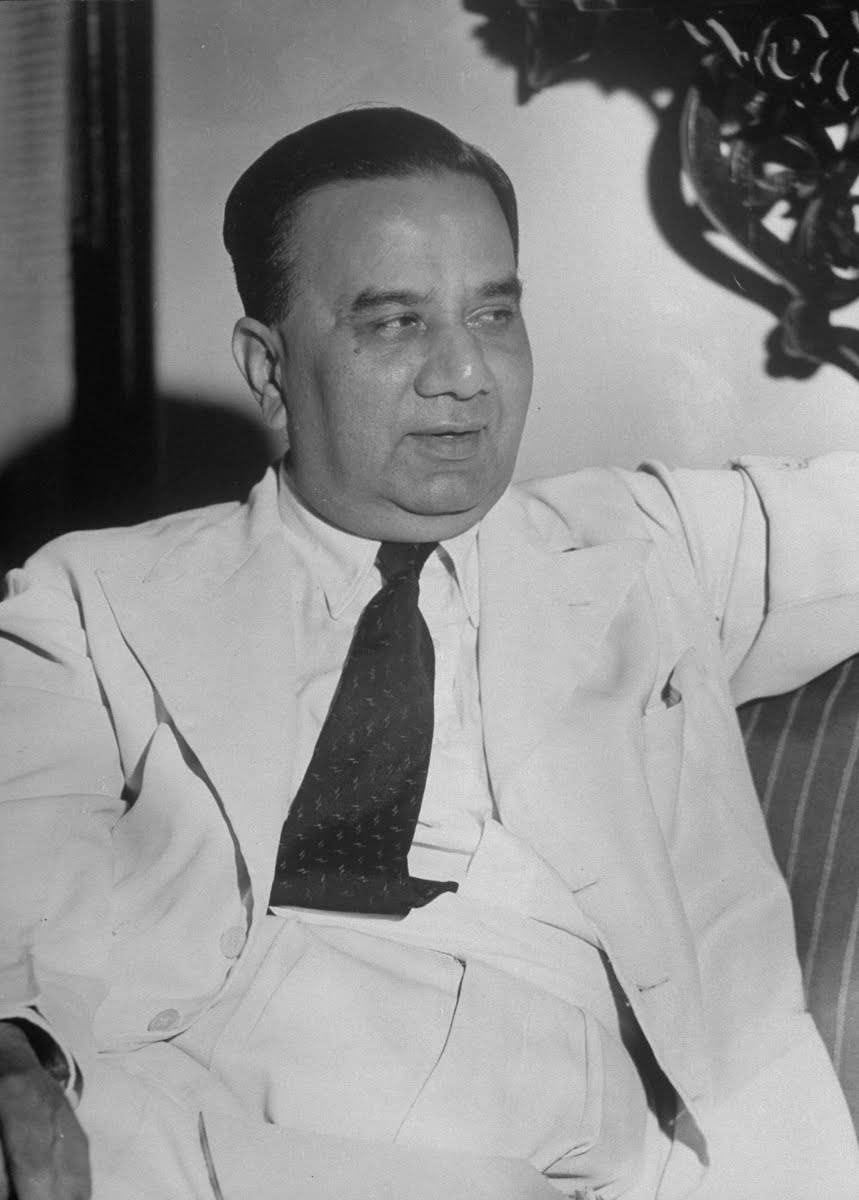
Afterwards, Awami League’s key leaders and active workers were imprisoned. However, we were already passing through the same situation. Last year, due to huge protests and rallies Sheikh Mujibur Rahman was freed from the jail. Soon after that he propagated his ‘six point program’ and on his own will he also included abolishing of One Unit, and restoration of the provinces in his party program.
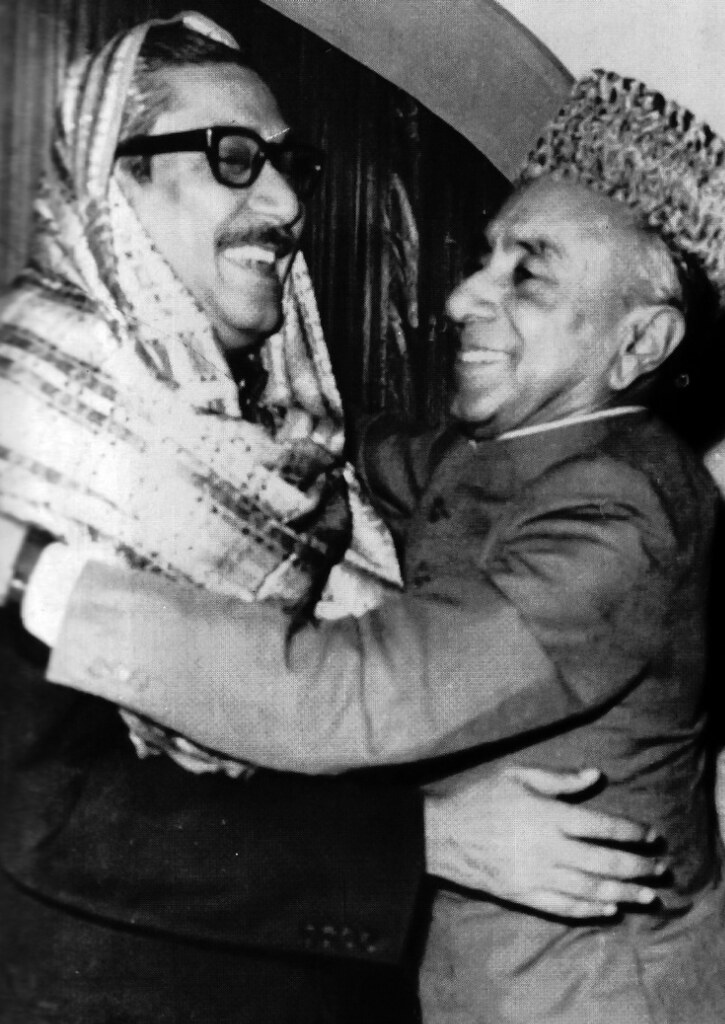
Sheikh Mujibur Rahman’s such move earned him a lot of respect and good will in small provinces. In addition to that his attitude in “Roundtable Conference” also encouraged and renewed our inspiration. He came to Sindh on 10th August, 1970, and Sindh Mutaheda Mahaz warmly welcomed him, and a number of political workers joined Awami League. Apart from that Awami League and Sindh Mutaheda Mahaz also signed an agreement. Such an agreement and unity disturbed the supporters of One Unit. Till now, to ditch our agreements, too many conspiracies have been hatched. For instance:
- They have propagandized that Awami League’s ‘Six Point Program’ is against Islam and Quran. In this way, they are creating doubts and distrust among people of smaller provinces. On the other hand, East Pakistan’s unimportant political parties are being pumped, promoted and portrayed as big parties with an intension to disturb Awami League and lower its importance.
- They are trying to weaken the struggle of small provinces against One Unit and create conflicts among the people by raising issues of Zonal Federation as well as representation based on population. On the other hand, they have plans to accept some demands of Awami League, and conditioned it to sign an agreement with the parties which are supporting One Unit or launching a strong opposition against Awami League, and reduce its influence and power in East Pakistan.
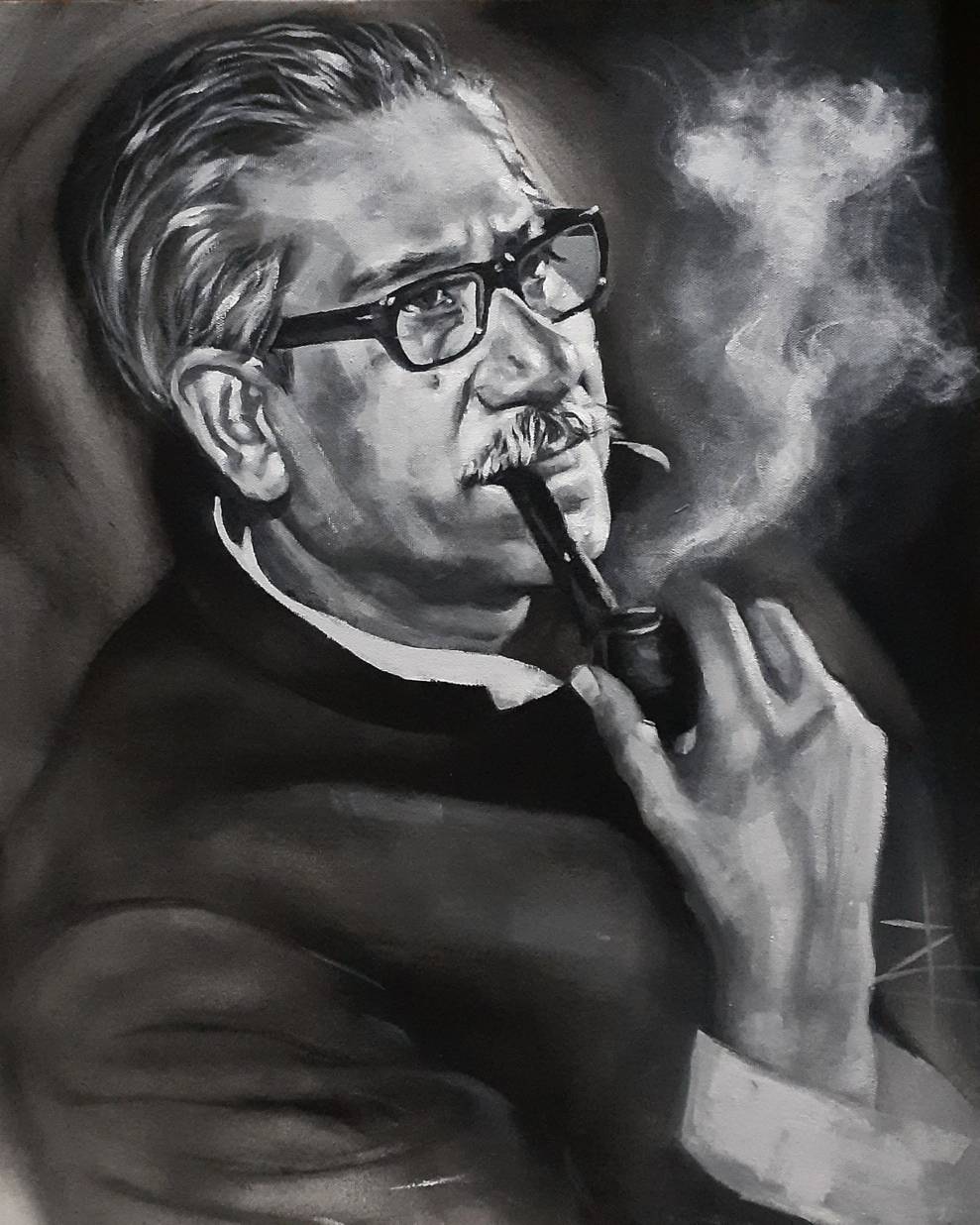
Considering all these factors and situations, workers of small provinces have to be vigilant. In addition to that, they have to be careful and understand that:
- Without Awami League’s support, it is impossible to dissolve One Unit.
- All these parties: Convention League, Council League, Pakistan Jamhoori Party and Jamaat Islami are trying utmost to retain One Unit.
________________
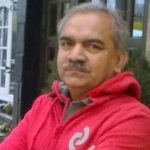 Dr. Zaffar Junejo has a Ph.D. in History from the University of Malaya. His areas of interest are post-colonial history, social history and peasants’ history.
Dr. Zaffar Junejo has a Ph.D. in History from the University of Malaya. His areas of interest are post-colonial history, social history and peasants’ history.
Click here for Part-I , Part-II, Part-III, Part-IV , Part-V , Part-VI